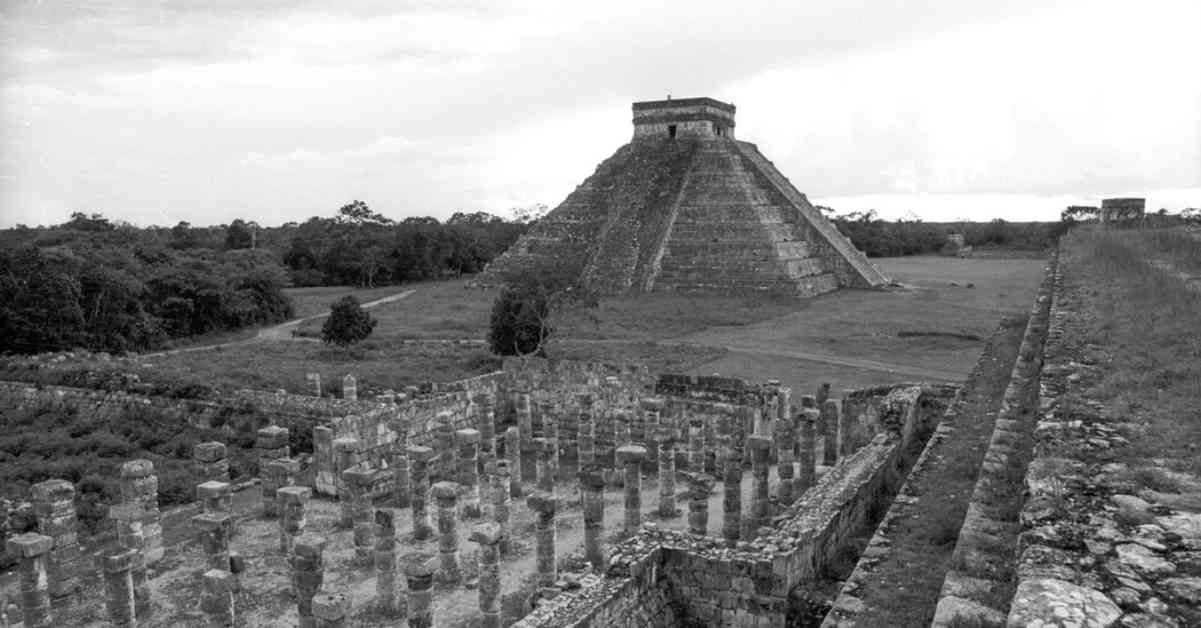In 1967, workers building an airport near Chichén Itzá, the ancient Maya city in Mexico, stumbled upon human remains in the proposed runway pathway. The discovery halted construction as archaeologists unearthed a chultún, an underground rainwater-storage container believed to be an entrance to the land of the dead in Maya mythology. Inside the cave connected to the cistern, over 100 sets of human remains, mostly belonging to children, were found. Researchers were given a tight two-month window to excavate the bones before the airport project could proceed.
Now, nearly six decades later, ancient DNA extracted from 64 of these sacrificial victims has shed light on the religious practices of the ancient Maya civilization. The children, who were sacrificed between 500 and 900 A.D., were determined to be local Maya boys, possibly chosen to be killed in pairs of siblings. This groundbreaking research, published in the journal Nature, marks the first time ancient Maya genomes have been analyzed, providing valuable insights into the identities of these sacrificed children.
The study originally aimed to investigate the genetic legacy of a deadly pandemic that ravaged Mesoamerica in 1545. Dr. Rodrigo Barquera, an immunogeneticist at the Max Planck Institute, and his colleagues sought to compare the DNA of precolonial remains with that of post-pandemic survivors to understand the impact of the outbreak on immune genes. However, their research led them to uncover the hidden stories of the sacrificial victims from Chichén Itzá, offering a poignant glimpse into ancient Maya rituals and traditions.
This discovery not only contributes to our understanding of the ancient Maya civilization but also highlights the importance of genetic research in unraveling historical mysteries. By analyzing ancient DNA, scientists can unlock secrets from the past and connect them to present-day populations. The study of these sacrificial victims provides a unique opportunity to bridge the gap between ancient traditions and modern scientific advancements, offering a new perspective on the practices of the past.
As we continue to delve into the mysteries of ancient civilizations, each new discovery brings us closer to unraveling the complexities of human history. The ancient Maya child sacrifice practices revealed through this groundbreaking research serve as a testament to the rich cultural heritage of Mesoamerica and the enduring legacy of the past in shaping our present understanding of the world. Through the lens of genetic analysis, we are able to peer into the lives of these sacrificed children and honor their memory by uncovering the secrets they hold within their ancient DNA.




